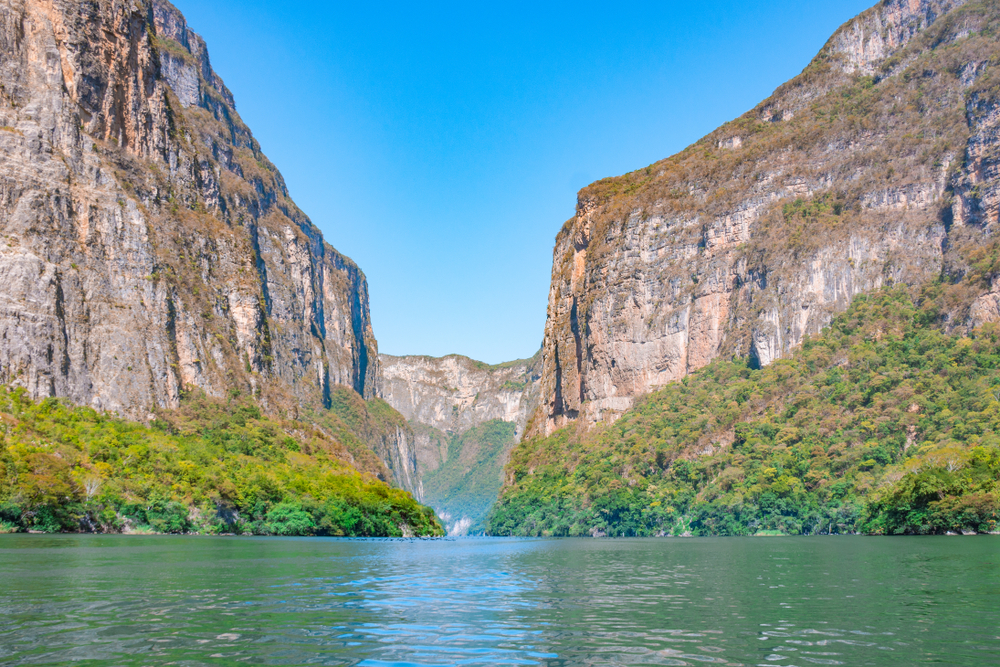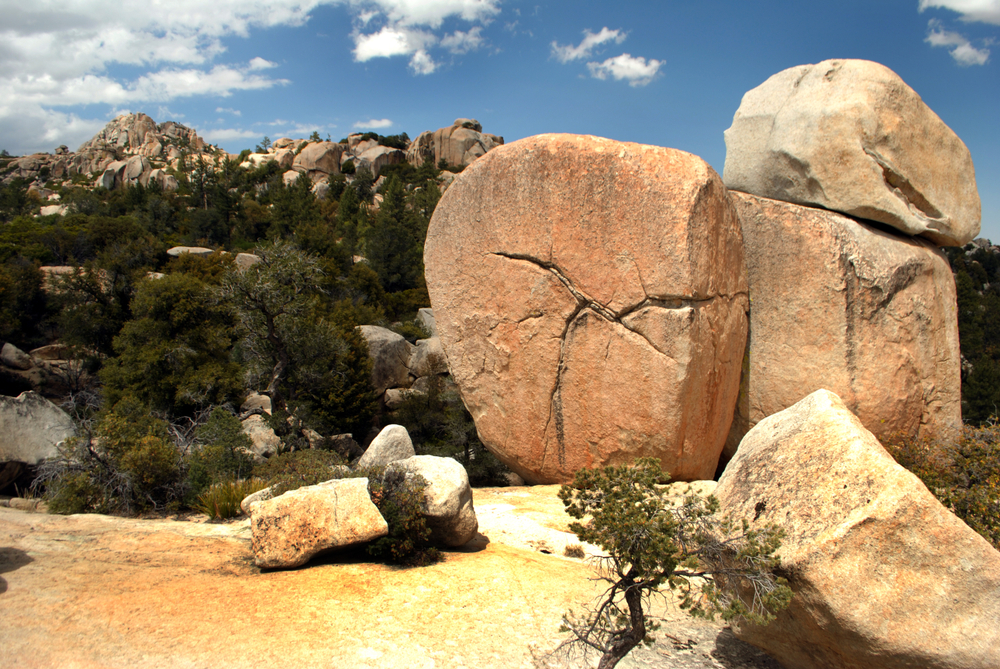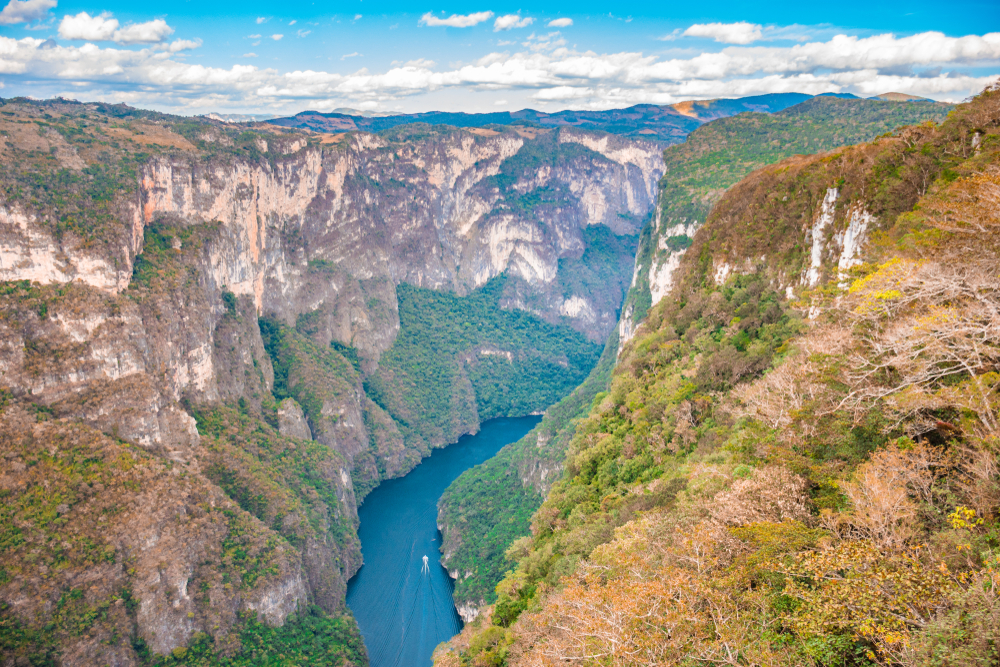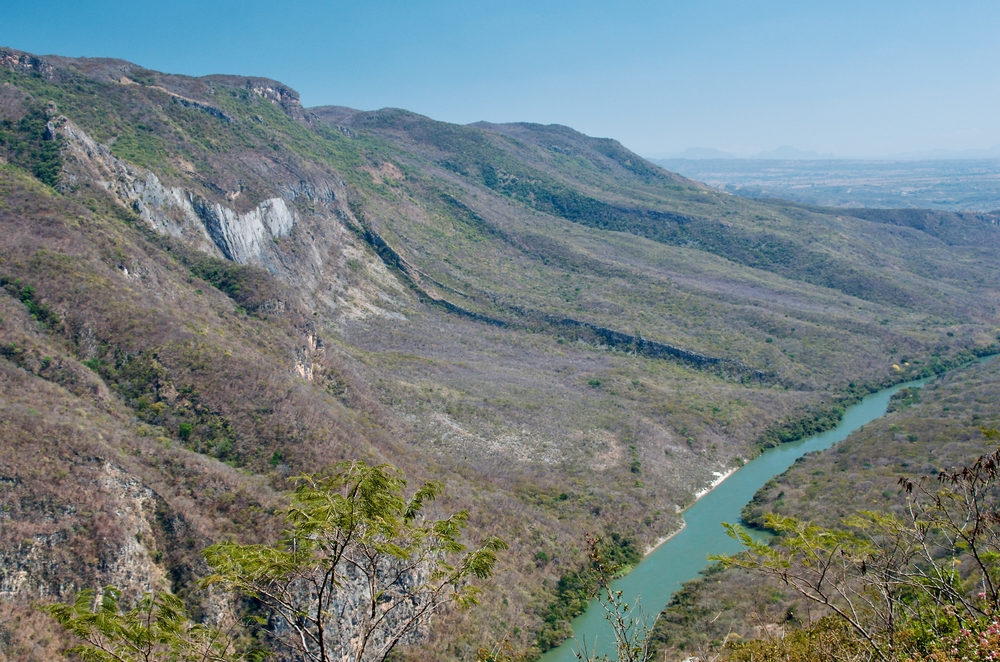Sumidero Canyon Overview
Sumidero Canyon National Park (in Spanish: Parque Nacional Cañón del Sumidero) is located in the southern Mexican state of Chiapas, near the capital city of Tuxtla Gutiérrez. Established in 1980, the park covers an area of approximately 53 square miles (around 136 square kilometers) and is centered around the spectacular Sumidero Canyon, one of Mexico’s most iconic natural landmarks. The canyon’s towering walls, which rise up to 3,280 feet (1,000 meters) above the Grijalva River, create a dramatic landscape that attracts visitors from around the world.
The canyon was formed over millions of years by the powerful flow of the Grijalva River, which continues to run through the park, offering boat tours that provide stunning views of the sheer cliffs and the canyon’s diverse ecosystems. The landscape within the park is characterized by rugged cliffs, steep ravines, and lush vegetation that thrives along the riverbanks and in the canyon’s fertile valley.
The park’s vegetation varies from tropical rainforests at the lower elevations to dry forests and scrubland in the upper regions of the canyon. The riverbanks are lined with ceiba, mahogany, and fig trees, while higher areas are home to species like cacti, agave, and acacias.
Sumidero Canyon National Park is rich in wildlife, making it an important ecological reserve. Visitors can spot crocodilesbasking along the riverbanks, while species like spider monkeys, coatis, and white-tailed deer inhabit the park’s forests. The park is also home to a variety of bird species, including herons, egrets, and the endangered scarlet macaw.
The park offers numerous activities, including boat tours, hiking trails, and scenic viewpoints that allow visitors to appreciate the canyon’s natural beauty from different perspectives. Sumidero Canyon National Park is not only a natural wonder but also a symbol of Chiapas’ environmental and cultural heritage.
Park Map
Sumidero Canyon National Park Highlights
Engaging Sumidera Canyon National Park
Related National Parks More Mexico
Sources
- All Trails, Best Trails in Sumidero Canyon National Park, https://www.alltrails.com/ar/parks/mexico/chiapas/parque-nacional-canon-del-sumidero, retrieved August 2024.
- Lacan Tours, Sumidero Canyon National Park, https://www.lacantours.com/en/destinations/nature/sumidero-canyon-national-park.html, retrieved August 2024.
- Mexperience, Sumidero Canyon National Park, https://www.mexperience.com/travel/outdoors/sumidero-canyon/, retrieved August 2024.
- Visit Chiapas, Sumidero Canyon, https://en.visitchiapas.com/v1/Sumidero-canyon-national-park-chiapa-de-corzo, retrieved August 2024.
- Wikipedia, Sumidero Canyon, https://en.wikipedia.org/wiki/Sumidero_Canyon, retrieved August 2024.
















































































